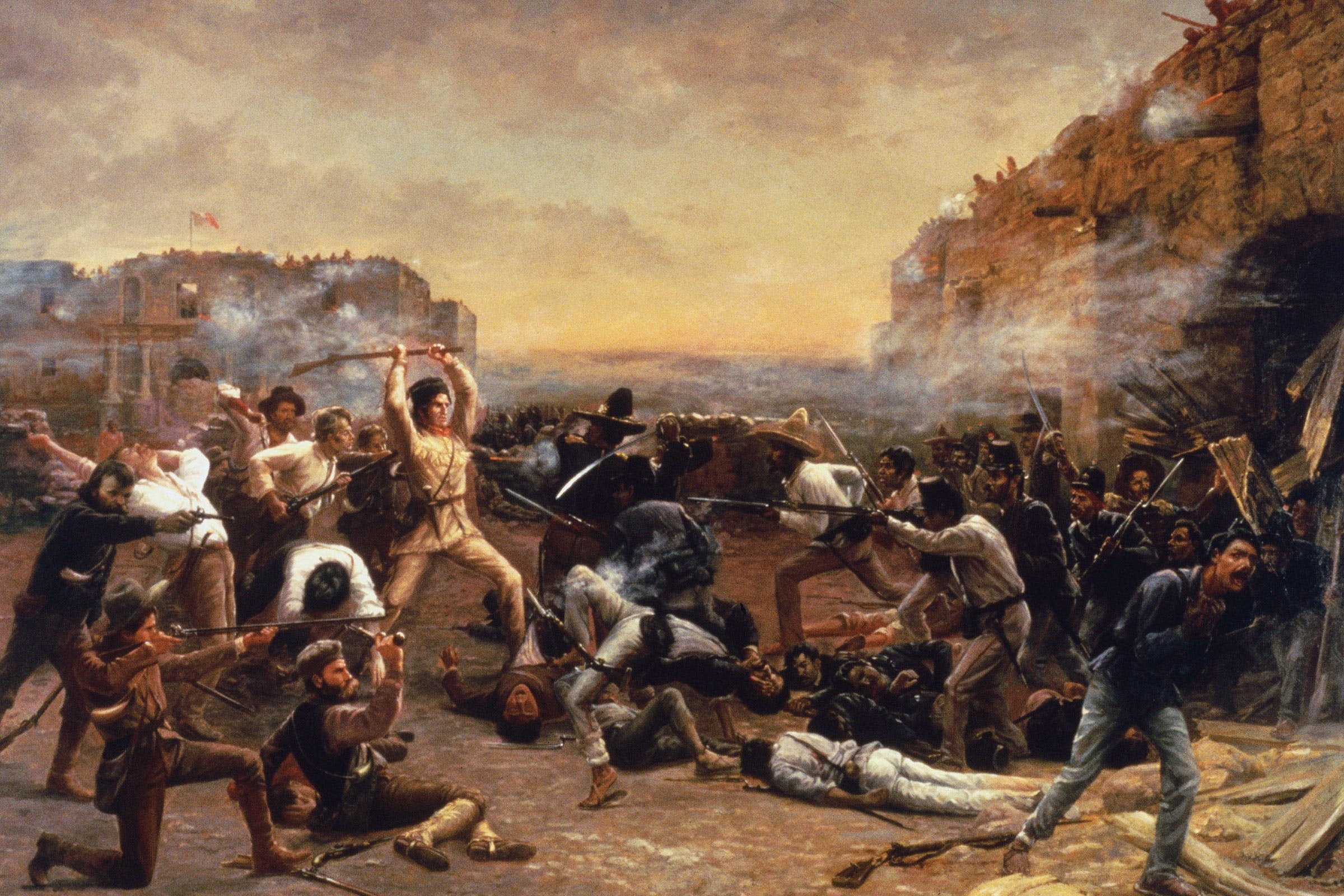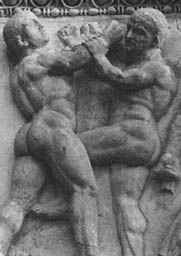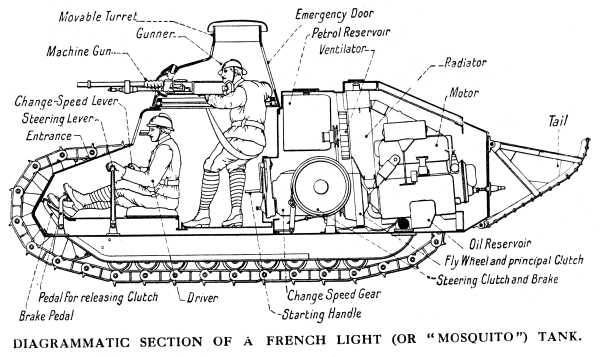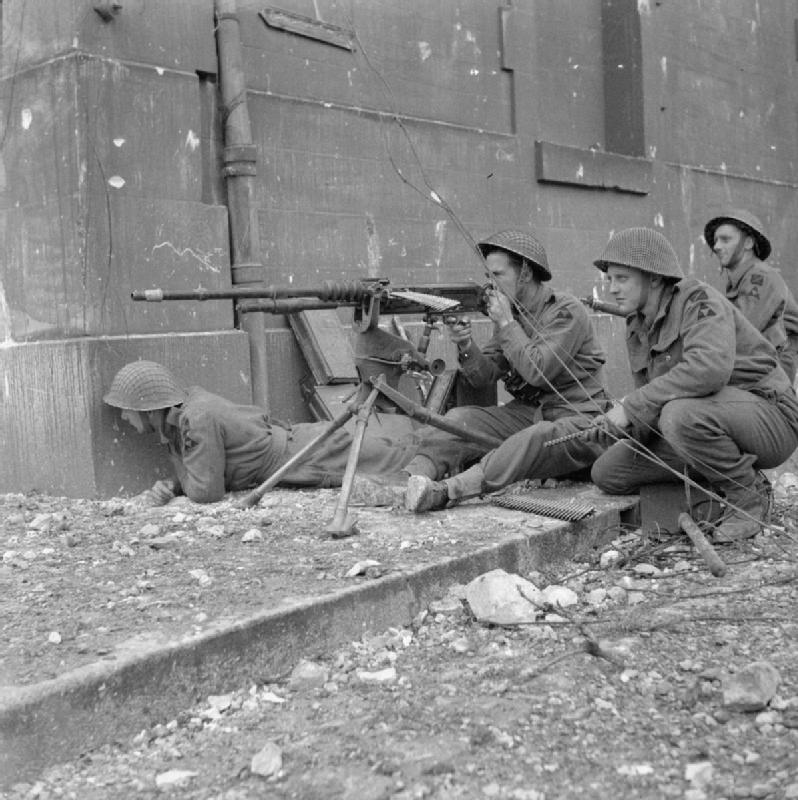|
Siege Of Oviedo
The siege of Oviedo was a siege in the Spanish Civil War that lasted from 19 July until 16 October 1936. The town garrison, under the command of Colonel Antonio Aranda Mata, took sides for the Nationalist uprising and held out until relieved by a Nationalist force from Galicia. The uprising The Nationalists did not consider Oviedo, capital of the province of Asturias, as a likely place for a successful revolt, and initially, it was considered a lost cause for the uprising. The town was the center of the Asturian October Revolution of 1934, and became an ongoing hive of revolutionary activity since the election of the Popular Front government earlier in the year. Aranda was reputed to be a freemason and a Republican, and got along well with the local Republican officials; in addition, the Falange distrusted him. Aranda declared that he would be loyal to the Republic when the rebellion started on 17 July, and he convinced the civil governor and the union leaders that all wa ... [...More Info...] [...Related Items...] OR: [Wikipedia] [Google] [Baidu] |
Spanish Civil War
The Spanish Civil War ( es, Guerra Civil Española)) or The Revolution ( es, La Revolución, link=no) among Nationalists, the Fourth Carlist War ( es, Cuarta Guerra Carlista, link=no) among Carlists, and The Rebellion ( es, La Rebelión, link=no) or The Uprising ( es, La Sublevación, link=no) among Republicans. was a civil war in Spain fought from 1936 to 1939 between the Republicans and the Nationalists. Republicans were loyal to the left-leaning Popular Front government of the Second Spanish Republic, and consisted of various socialist, communist, separatist, anarchist, and republican parties, some of which had opposed the government in the pre-war period. The opposing Nationalists were an alliance of Falangists, monarchists, conservatives, and traditionalists led by a military junta among whom General Francisco Franco quickly achieved a preponderant role. Due to the international political climate at the time, the war had many facets and was variously viewed as cla ... [...More Info...] [...Related Items...] OR: [Wikipedia] [Google] [Baidu] |
The Second Spanish Republic
The Spanish Republic (), commonly known as the Second Spanish Republic (), was the form of government in Spain from 1931 to 1939. The Republic was proclaimed on 14 April 1931, after the deposition of King Alfonso XIII, and was dissolved on 1 April 1939 after surrendering in the Spanish Civil War to the Nationalists led by General Francisco Franco. After the proclamation of the Republic, a provisional government was established until December 1931, at which time the 1931 Constitution was approved. During this time and the subsequent two years of constitutional government, known as the Reformist Biennium, Manuel Azaña's executive initiated numerous reforms to what in their view would modernize the country. In 1932 the Jesuits, who were in charge of the best schools throughout the country, were banned and had all their property confiscated in favour of government-supervised schools, while the government began a large scale school-building projects. A moderate agrarian reform ... [...More Info...] [...Related Items...] OR: [Wikipedia] [Google] [Baidu] |
War In The North
The War in the North was the campaign of the Spanish Civil War in which the Nationalist forces defeated and occupied the parts of northern Spain that had remained loyal to the Republican government. The campaign included several separate battles. The Biscay Campaign resulted in the loss of the part of the Basque Country still held by the Republic and Bilbao, the greatest Spanish industrial centre. That part of the campaign saw the Bombing of Guernica and Durango. The Battle of Santander caused the loss of the province of Santander in Cantabrian Castile for the Republic. The Battle of El Mazuco led to the capture of the Republican-controlled part of Asturias and the fall of Gijón, the Republic's last northern stronghold, to the Nationalists. The campaign ended on October 21, 1937 with a decisive and total Nationalist victory. Background On the Nationalist takeover of Navarre in July 1936, General Mola had announced a war of extermination and no mercy to any dissent. Hars ... [...More Info...] [...Related Items...] OR: [Wikipedia] [Google] [Baidu] |
Last Stand
A last stand is a military situation in which a body of troops holds a defensive position in the face of overwhelming and virtually insurmountable odds. Troops may make a last stand due to a sense of duty; because they are defending a tactically crucial point; to buy time to enable a trapped army, person, or group of people to escape; due to fear of execution if captured; or to protect their ruler or leader. Last stands loom large in history, as the heroism and sacrifice of the defenders exert a large pull on the public's imagination. Some last stands have become a celebrated part of a fighting force's or a country's history, especially if the defenders accomplished their goals (or in rare cases, defeated their attackers). Tactical significance A "last stand" is a last resort tactic, and is chosen because the defending force realizes or believes the benefits of fighting outweigh the benefits of retreat or surrender. This usually arises from strategic or moral considerations, ... [...More Info...] [...Related Items...] OR: [Wikipedia] [Google] [Baidu] |
Mouse-holing
Mouse-holing is a tactic used in urban warfare in which soldiers create access to adjoining rooms or buildings by blasting or tunneling through a wall. The tactic is used to avoid open streets since advancing infantry, caught in enfilade, are easily targeted by machine-gun and sniper fire. Another purpose is to reach enemy troops hidden within a structure. Use The tactic was used by British soldiers in Dublin during the 1916 Easter Rising. Mouse-holing began to appear in military tactical manuals during World War II. The tactic allows combatants to move around an urban battlefield under cover without needing to expose themselves to enemy fire or observation. A typical passage is large enough for a single file of soldiers. Large unrestricted holes can compromise the structural integrity of the building and offer little cover from opposing forces. During the Battle of Ortona in 1943, the Canadian Army, which gave the tactic its name, used it to great effect, breaching the walls of ... [...More Info...] [...Related Items...] OR: [Wikipedia] [Google] [Baidu] |
Hand To Hand Combat
Hand-to-hand combat (sometimes abbreviated as HTH or H2H) is a physical confrontation between two or more persons at short range (grappling distance or within the physical reach of a handheld weapon) that does not involve the use of weapons.Hunsicker, A., ''Advanced Skills in Executive Protection'', Boca Raton FL: Universal Publishers, , , p. 51 The phrase "hand-to-hand" sometimes include use of melee weapons such as knives, swords, clubs, spears, axes, or improvised weapons such as entrenching tools. While the term "hand-to-hand combat" originally referred principally to engagements by combatants on the battlefield, it can also refer to any personal physical engagement by two or more people, including law enforcement officers, civilians, and criminals. Combat within close quarters, to a range just beyond grappling distance, is commonly termed close combat or close-quarters combat. It may include lethal and non-lethal weapons and methods depending upon the restrictions impos ... [...More Info...] [...Related Items...] OR: [Wikipedia] [Google] [Baidu] |
Renault FT
The Renault FT (frequently referred to in post-World War I literature as the FT-17, FT17, or similar) was a French light tank that was among the most revolutionary and influential tank designs in history. The FT was the first production tank to have its armament within a fully rotating turret.Although a rotating turret had been a feature of some earlier tank designs or prototypes, and had been incorporated in armoured cars for several years, no tank with a turret had entered service. The Renault FT's configuration (crew compartment at the front, engine compartment at the back, and main armament in a revolving turret) became and remains the standard tank layout. Consequently, some armoured warfare historians have called the Renault FT the world's first modern tank. Over 3,000 Renault FT tanks were manufactured by French industry, most of them in 1918. After World War I, FT tanks were exported in large numbers. Copies and derivative designs were manufactured in the United States ( ... [...More Info...] [...Related Items...] OR: [Wikipedia] [Google] [Baidu] |
Tanks Of Spain
Tanks in the Spanish Army have over 90 years of history, from the French Renault FTs first delivered in 1919 to the Leopard 2 and B1 Centauro models of the early 21st century. The Spanish FTs took part in combat during the Rif War and participated in the first amphibious landing with tanks in history, at Alhucemas. In 1925, the Spanish Army began to undertake a program to develop and produce a Spanish tank, an upgraded version of the Renault FT, called the Trubia A4. Although the prototype performed well during testing, the tank was never put into mass production. Spain also experimented with the Italian Fiat 3000, acquiring one tank in 1925, and with another indigenous tank program called the Landesa. However, none of these evolved into a major armor program, and as a result the FT remained the most important tank, in numbers, in the Spanish Army until the beginning of the Spanish Civil War. Between July 1936 and April 1939, during the Spanish Civil War, the two opposing ... [...More Info...] [...Related Items...] OR: [Wikipedia] [Google] [Baidu] |
Dynamite
Dynamite is an explosive made of nitroglycerin, sorbents (such as powdered shells or clay), and Stabilizer (chemistry), stabilizers. It was invented by the Swedish people, Swedish chemist and engineer Alfred Nobel in Geesthacht, Northern Germany, and patented in 1867. It rapidly gained wide-scale use as a more robust alternative to gun powder, black powder. History Dynamite was invented by Swedish chemist Alfred Nobel in the 1860s and was the first safely manageable explosive stronger than black powder. Alfred Nobel's father, Immanuel Nobel, was an industrialist, engineer, and inventor. He built bridges and buildings in Stockholm and founded Sweden's first rubber factory. His construction work inspired him to research new methods of blasting rock that were more effective than black powder. After some bad business deals in Sweden, in 1838 Immanuel moved Nobel family, his family to Saint Petersburg, where Alfred and his brothers were educated privately under Swedish and Russi ... [...More Info...] [...Related Items...] OR: [Wikipedia] [Google] [Baidu] |
Siege Of Gijón
The siege of Gijón, one of the first actions in the Spanish Civil War, saw the anarchist militia crushing a small Nationalist garrison in Gijón, between 19 July and 16 August 1936. The militia – nominally fighting in defense of the Republic – laid siege to the Simancas barracks in the city of Gijón. These were defended by about 180 soldiers and ''Guardia Civil'' officers who had risen in support of General Franco's rebellion and seized the post for the Nationalists. The battle was remarkable for its viciousness and the stubbornness of the besieged. Background The Nationalist uprising of July 1936 fared poorly in Asturias, a province overwhelmingly hostile to Franco and controlled almost from the outset of the war by a curious but effective council of state officials, technicians, and mine workers. CNT and UGT membership in Asturias totalled around 70,000, forming the backbone of a disciplined militia. Against such opposition the military governor of Gijón, Colonel ... [...More Info...] [...Related Items...] OR: [Wikipedia] [Google] [Baidu] |
Hotchkiss Machine Gun
The Hotchkiss machine gun was any of a line of products developed and sold by Hotchkiss et Cie, (full name Société Anonyme des Anciens Etablissements Hotchkiss et Cie), established by United States gunsmith Benjamin B. Hotchkiss. Hotchkiss moved to France and set up a factory, first at Viviez near Rodez in 1867, then at Saint-Denis near Paris in 1875 manufacturing arms used by the French in the Franco-Prussian War. Variants At the turn of the twentieth century, the company introduced the gas-actuated Hotchkiss machine gun, a sturdy and reliable weapon which was widely used during World War I and thereafter by the French Army. Weapons manufactured in the Hotchkiss machine gun line include: *Hotchkiss 1897 machine gun *Hotchkiss M1909 Benét–Mercié machine gun, light machine gun also known as the "Hotchkiss Mark I" in British service and the "Benét–Mercié" in American service. * Hotchkiss Mle 1914, medium machine gun *Hotchkiss 37mm, autocannon based on the M1897-M1914 mo ... [...More Info...] [...Related Items...] OR: [Wikipedia] [Google] [Baidu] |







